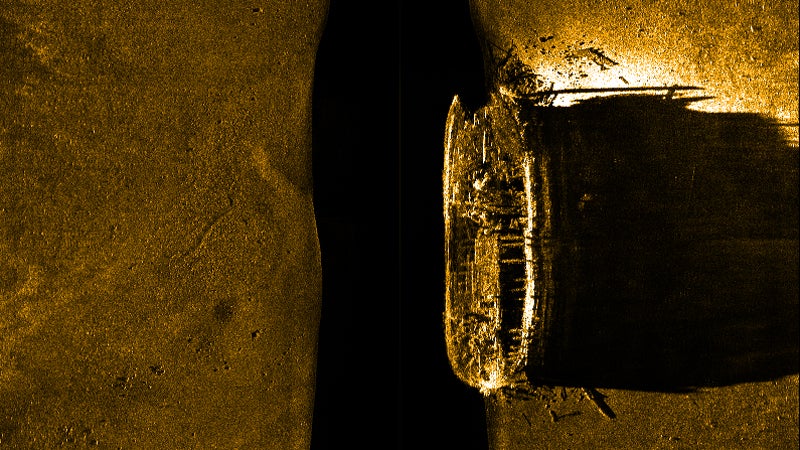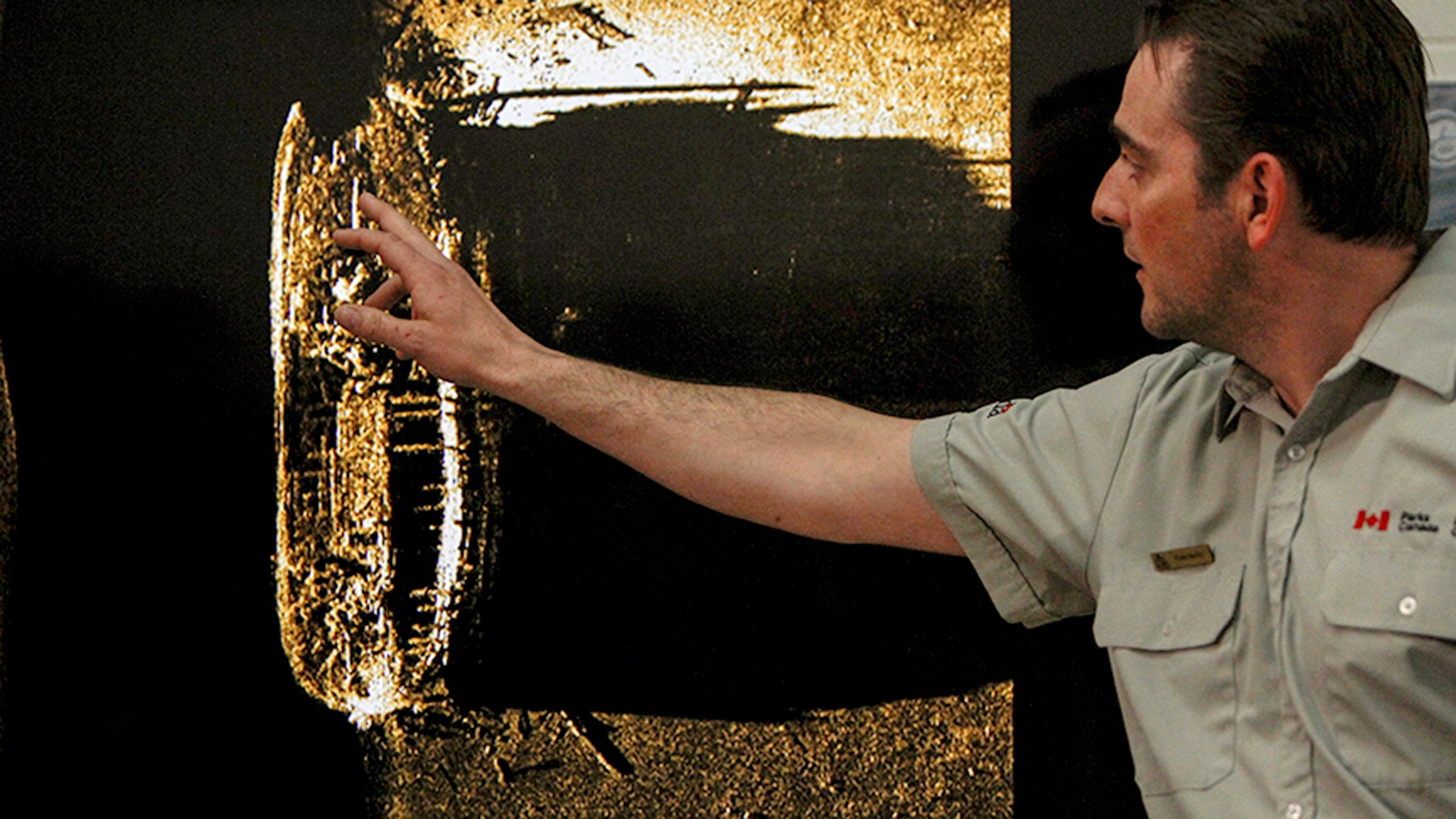An expedition in the Victoria Strait in the subpolar Canadian territory of Nunavut has led to the discovery of one of the two ships lost in the Franklin Expedition in 1848. тАЬThis is truly a historic moment for Canada,тАЭ Prime Minister Stephen Harper on Tuesday, describing the fate of Sir John Franklin, who disappeared while exploring the Northwest Passage a century and a half ago, as тАЬone of CanadaтАЩs greatest mysteries.тАЭ
Launched from Greenhithe, England, in the spring of 1845, with the purpose of finding a waterbound route from the Atlantic to the Pacific Ocean, Her Majesty’s Ship (HMS) Erebus and HMS Terror have been melancholy touchstones in CanadaтАЩs history of exploration. Aided by an auxiliary steam screw propulsion system that was a technological marvel in its day, the ships were widely expected to return to Europe after circumnavigating the globe from the Pacific. тАитАиThough their initial progress was swift, the crewтАЩs contact with Europeans was sparse once they reached Baffin Bay and nonexistent by yearтАЩs end. The next reliable word of their location did not arrive until 1858, when Lieutenant William Hobson found a message left by a crew member at Victory Point on King William Island.┬а
It was learned that both ships had been trapped in ice for one and a half years, beginning in late 1846. Twenty-four crew members, including Franklin, had perished on board; two years later, 105 survivors deserted the ships entirely, recording their plans to proceed southward, on foot, by way of the Back River. Though some would encounter Inuit outposts as they journeyed south, none would return home safely.
Since 2008, the Canadian government has made finding the underwater remains of the Erebus and Terror a high priority, recruiting ships from the Canadian Coast Guard and the Royal Canadian Navy and authorizing six major searches by Parks Canada. Beginning in 2013, Parks CanadaтАЩs Underwater Archaeology Team was aided by a custom-built, 10-meter aluminum survey vessel called the Investigator. The boat is equipped with a stern-mounted A-frame to facilitate towing side-scan sonar, ideal for investigating submerged archaeological sites.



